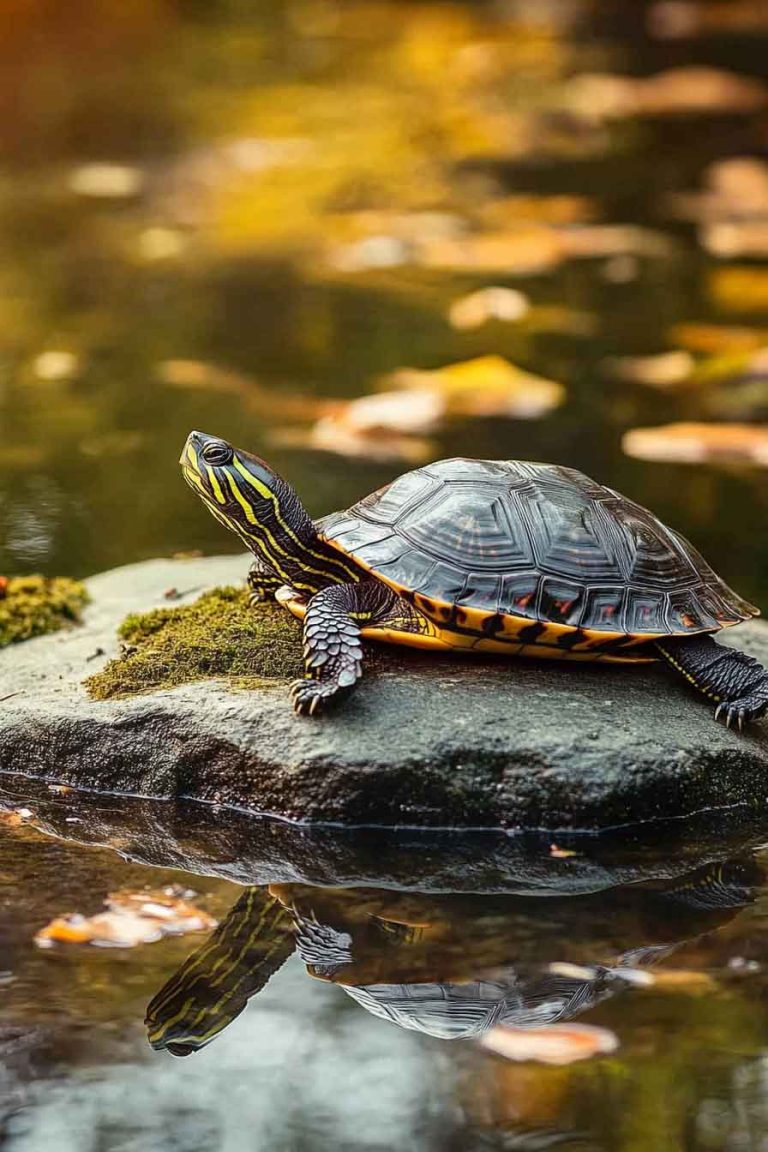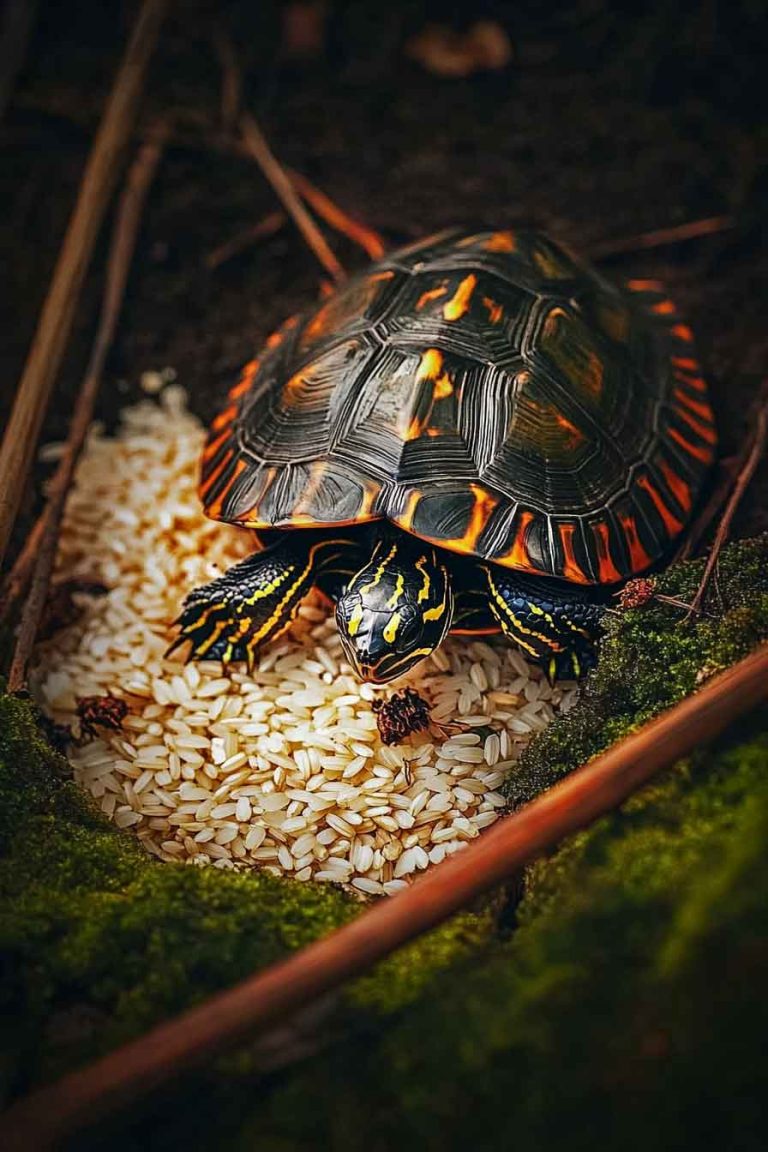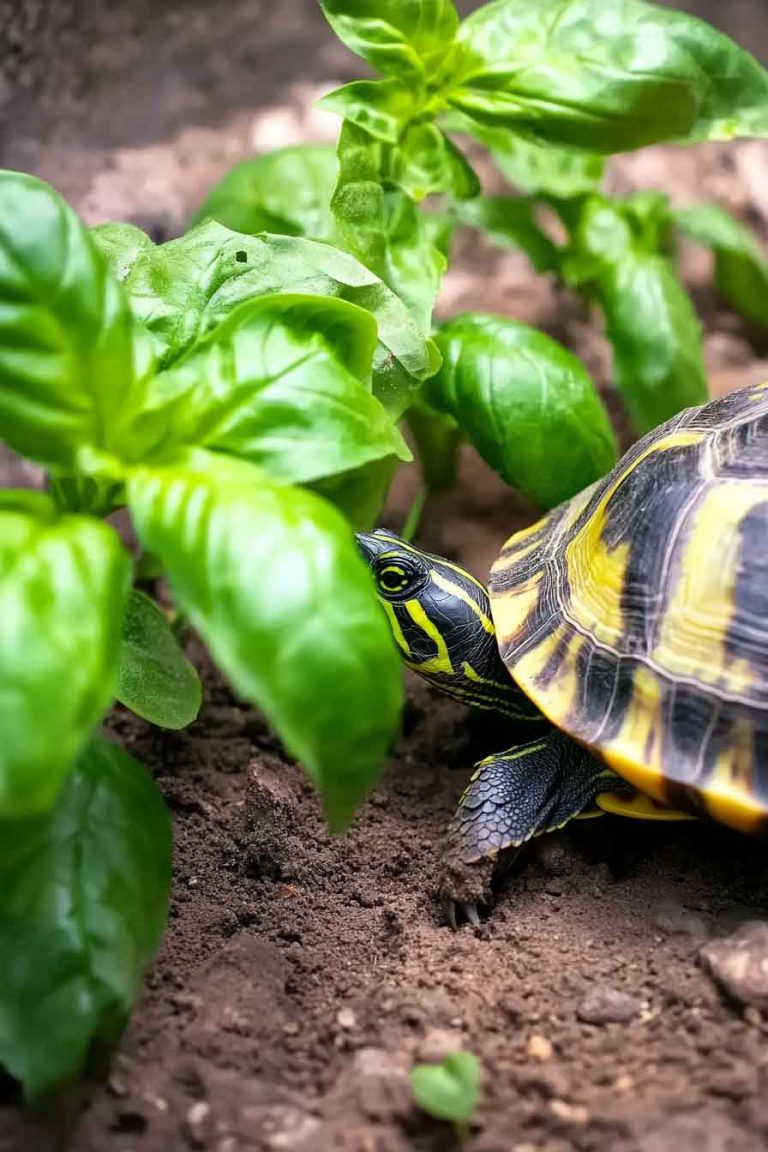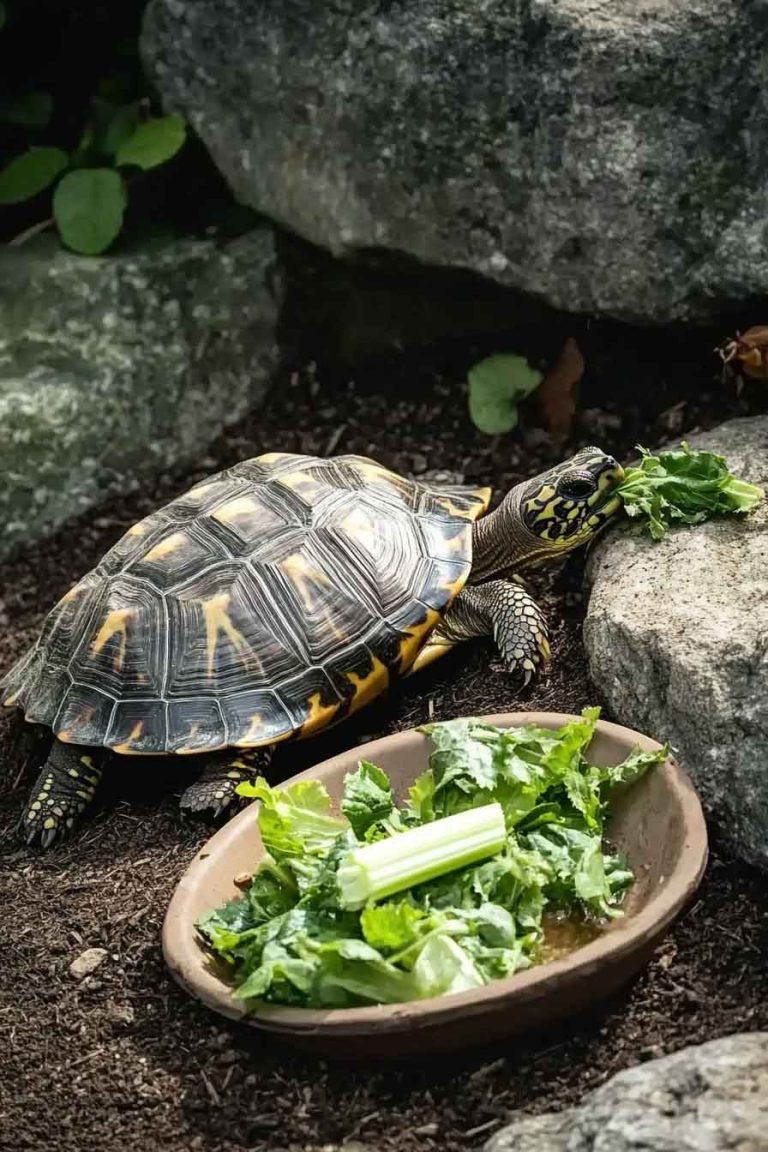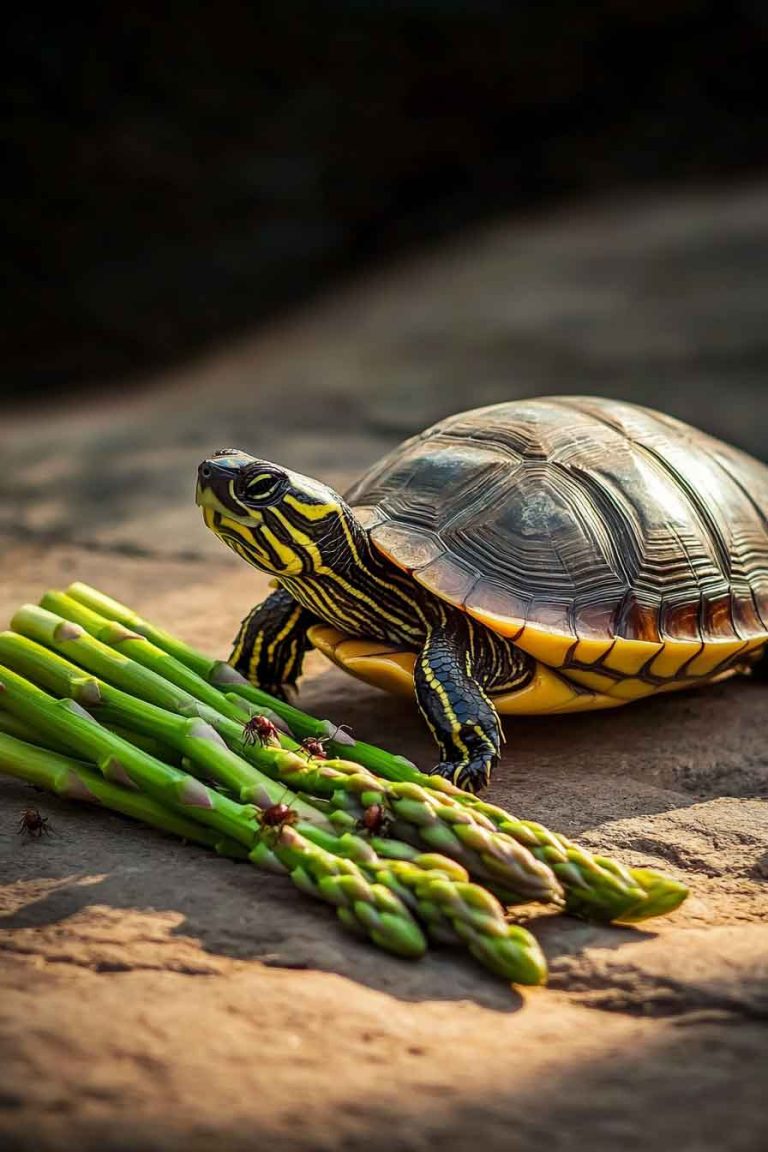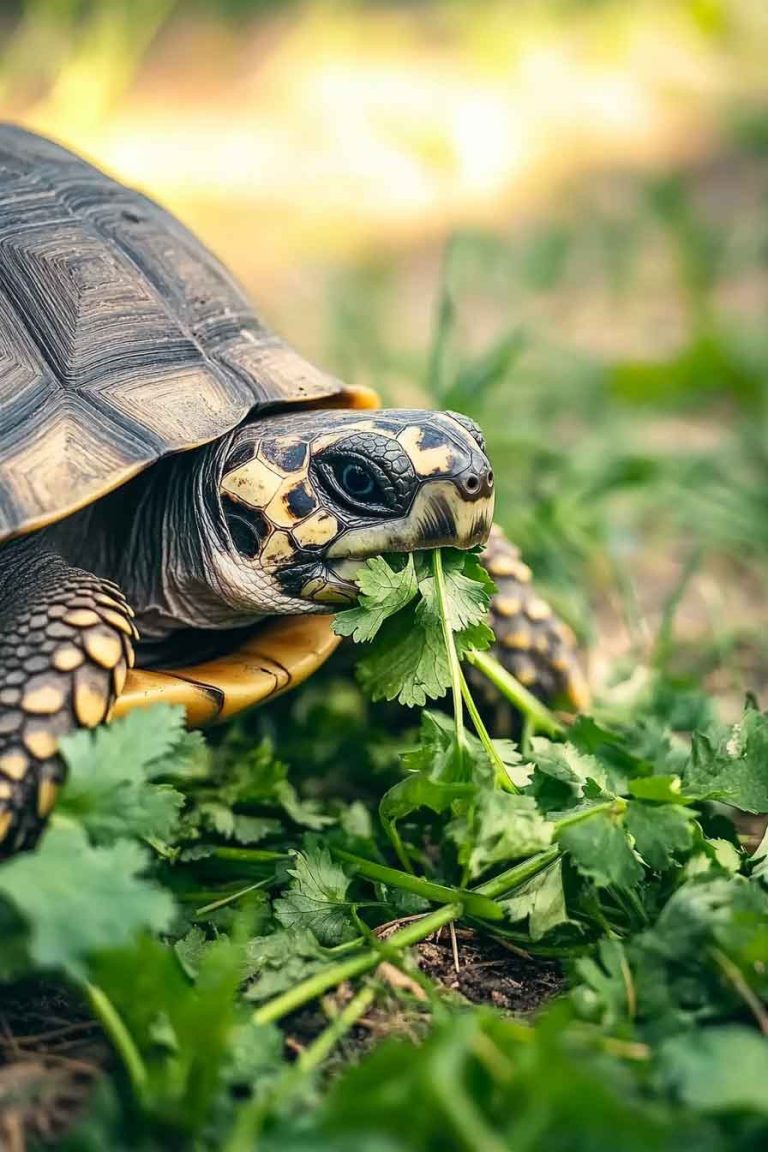Can Turtles Eat Pineapples? What Every Turtle Owner Must Know
If you’re like me and have a pet turtle, I bet you’ve wondered whether you can share some of your favorite fruits with your shelled friend. I remember the first time I was eating a juicy slice of pineapple and my turtle gave me that curious look – you know the one! It made me…
If you’re like me and have a pet turtle, I bet you’ve wondered whether you can share some of your favorite fruits with your shelled friend. I remember the first time I was eating a juicy slice of pineapple and my turtle gave me that curious look – you know the one! It made me wonder: can turtles eat pineapples?
The short answer is yes, but with important limitations. Unlike some foods that are completely toxic to turtles, pineapples can be given to your turtle occasionally and in very small amounts. However, there are several crucial things I need to tell you before you rush to share your tropical treat.
In this comprehensive guide, I’ll walk you through everything you need to know about feeding pineapples to your turtle, including the benefits, risks, and proper preparation methods.
Can You Feed Pineapples To Your Pet Turtle?
The answer is yes, but only as an occasional treat. While pineapples aren’t toxic like onions or chocolate, they’re not exactly what I’d call turtle-friendly either. Think of pineapples as the equivalent of candy for your turtle – something that should be given sparingly and with careful consideration.
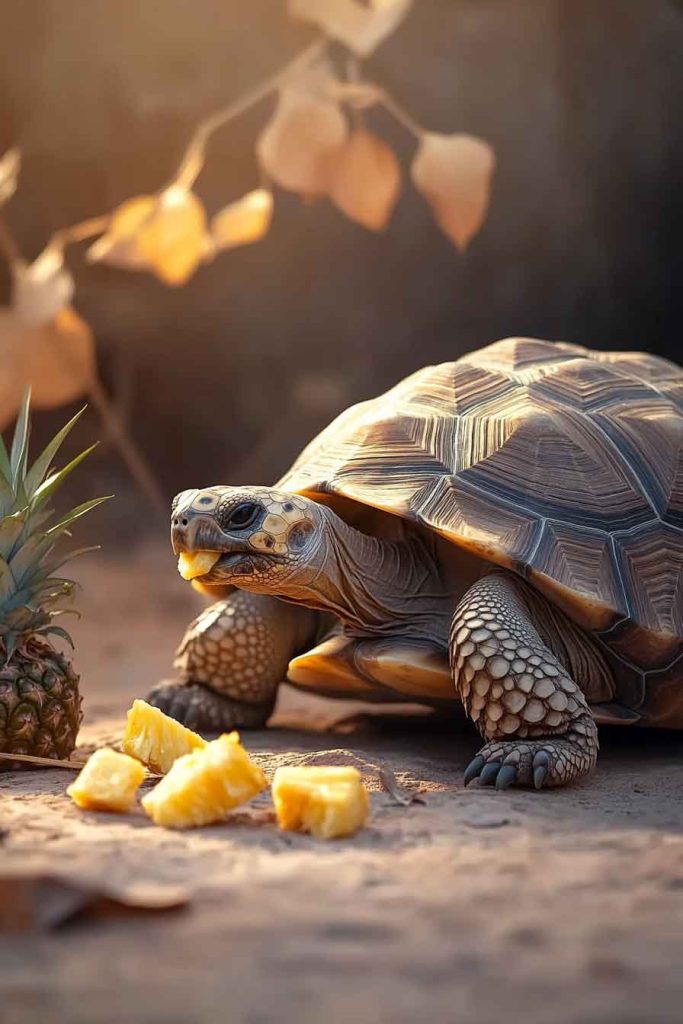
Turtles have evolved to eat a specific diet based on their species, and tropical fruits like pineapples weren’t exactly on their ancestral menu. However, the good news is that when given properly, small amounts of pineapple won’t harm your turtle and might even provide some nutritional benefits.
Let me break down the nutritional content of 100 grams of fresh pineapple so you can understand why moderation is key:
Nutritional Content per 100g of Pineapple:
- Carbohydrates: 13.12 g
- Sugar: 9.85 g
- Protein: 0.54 g
- Calcium: 13 mg
- Phosphorus: 8 mg
- Vitamin C: 47.8 mg
- Vitamin A: 58 IU
- Fiber: 1.4 g
- Water: 86%
- Potassium: 109 mg
- Magnesium: 12 mg
Looking at this nutritional profile, I can see why pineapples need to be given with caution. The sugar content is quite high at nearly 10%, which is problematic for turtles since their digestive systems aren’t designed to process large amounts of sugar efficiently.
The calcium to phosphorus ratio is actually favorable (13:8), which is better than many fruits. Turtles need a 2:1 calcium to phosphorus ratio, and while pineapple doesn’t quite hit that mark, it’s not as problematic as foods with inverse ratios.
The high vitamin C content might seem beneficial, but here’s something interesting I learned: unlike humans, most reptiles can synthesize their own vitamin C, so they don’t require it from their diet.
Do Turtles Like Pineapples?
In my experience, most turtles are naturally curious about new foods, and pineapples are no exception. The sweet, tropical scent and bright color often attract turtles initially. However, I’ve noticed that reactions can vary significantly between individual turtles.
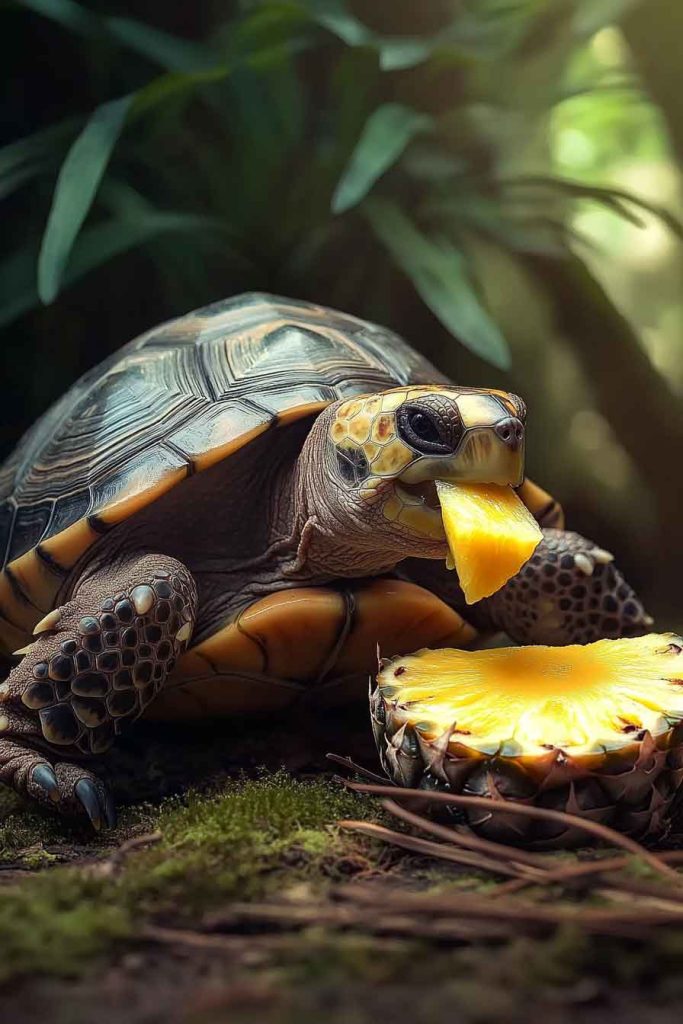
Some turtles I’ve observed seem to enjoy the sweetness and will eagerly munch on small pieces. Others might take a bite and then ignore it completely. The acidity of pineapple can be off-putting to some turtles, especially those with more sensitive palates.
What I find fascinating is that younger turtles tend to be more adventurous with new foods, while older turtles might be more cautious. If you’re introducing pineapple for the first time, don’t be surprised if your turtle needs a few exposures before deciding whether they like it or not.
Health Benefits of Pineapples for Turtles
While I always emphasize that pineapples should only be an occasional treat, there are some potential benefits when given appropriately:
Hydration Support With 86% water content, pineapple can help contribute to your turtle’s hydration, especially during warmer months. This is particularly beneficial for terrestrial species that might not drink as much water as their aquatic cousins.
Antioxidant Properties Pineapples contain natural antioxidants that can help combat free radicals. While turtles don’t need as many antioxidants as humans, these compounds can still provide some protective benefits.
Digestive Enzymes Pineapples contain bromelain, an enzyme that aids in protein digestion. In very small amounts, this might help with your turtle’s digestion, though their natural digestive processes are usually sufficient.
Mental Stimulation Offering variety in diet can provide mental enrichment for your turtle. The different texture and taste of pineapple can stimulate their senses and encourage natural foraging behaviors.
Health Risks of Feeding Pineapples to Turtles
Despite the potential benefits, there are several risks I need to make you aware of:
High Sugar Content This is my biggest concern with feeding pineapples to turtles. The nearly 10% sugar content can lead to several problems:
- Digestive upset and diarrhea
- Unhealthy weight gain
- Potential for developing a preference for sweet foods over nutritionally appropriate options
- Blood sugar spikes that turtles’ bodies aren’t equipped to handle efficiently
Acidity Issues Pineapples are quite acidic, with a pH around 3.2-4.0. This acidity can cause:
- Mouth and throat irritation
- Stomach upset
- Potential exacerbation of existing digestive issues
- Discomfort that might cause your turtle to refuse food
Calcium Absorption Interference While the calcium-phosphorus ratio isn’t terrible, the high sugar and acid content can interfere with proper calcium absorption. Since calcium is crucial for shell and bone health, this is a significant concern.
Potential for Overconsumption Because of the sweet taste, some turtles might develop a preference for pineapple over their regular, nutritionally balanced diet. This can lead to nutritional imbalances over time.
How Much Pineapple Should Turtles Eat?
This is where I need to be very specific with my recommendations. The amount of pineapple you can safely give your turtle depends on several factors:
For Adult Turtles:
- Maximum frequency: Once per week
- Portion size: No more than a small cube (about 1/4 inch) for smaller turtles, or 1/2 inch cube for larger species
- Always remove the core and skin
- Never exceed 5% of their weekly diet
General Guidelines I Follow:
- Treat pineapple as a special occasion food, not a regular dietary component
- Always offer it alongside or after they’ve eaten their regular, nutritionally appropriate food
- Monitor your turtle for 24-48 hours after feeding pineapple for any signs of digestive upset
Species-Specific Considerations:
- Herbivorous species (like Russian tortoises) can handle slightly more than omnivorous species
- Strictly carnivorous turtles should avoid pineapple entirely
- Semi-aquatic species often have more sensitive digestive systems and should receive smaller portions
Can You Feed Pineapples to Baby Turtles?
This is a question I get asked frequently, and my answer is generally no. I don’t recommend feeding pineapples to baby turtles under 6 months of age.
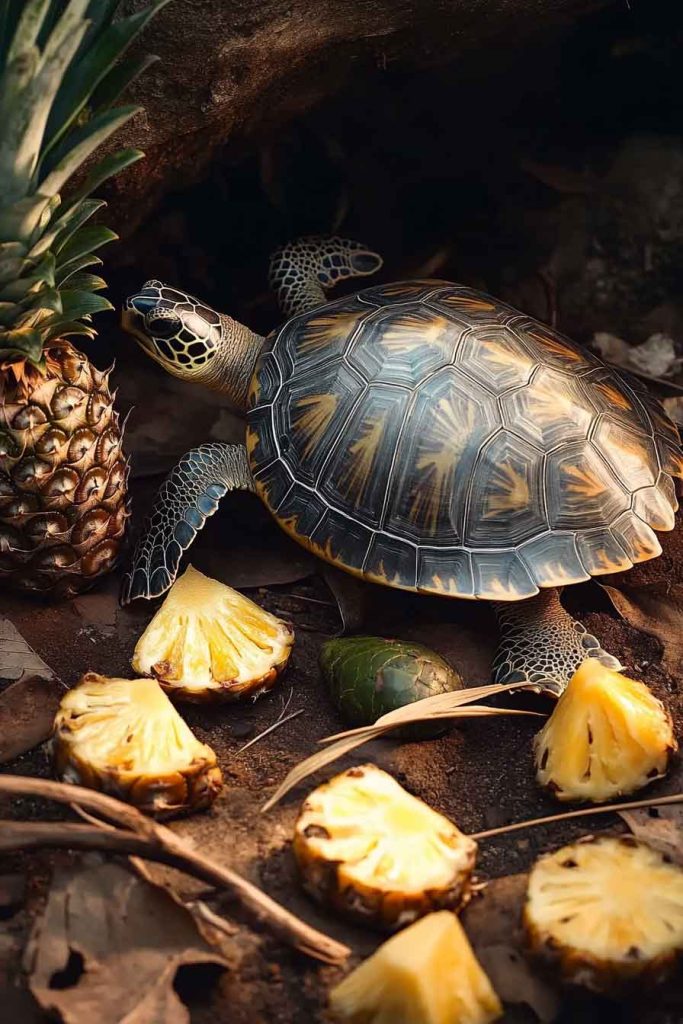
Here’s why I’m so cautious with baby turtles:
Underdeveloped Digestive Systems Baby turtles have immature digestive systems that are even less equipped to handle high sugar and acidic foods than adult turtles. What might cause mild digestive upset in an adult could be much more serious in a baby.
Critical Growth Period The first year of a turtle’s life is crucial for proper development. During this time, every bit of nutrition should be focused on supporting healthy growth. Treats like pineapple don’t contribute meaningfully to this goal and can actually interfere with proper nutrition.
Size Considerations Even a tiny piece of pineapple represents a much larger percentage of a baby turtle’s diet compared to an adult. This makes it much easier to accidentally overfeed.
If You Must: If you have an older juvenile turtle (6+ months) and want to introduce pineapple, use an extremely small amount – think the size of a pinhead – and monitor very carefully for any adverse reactions.
Proper Preparation of Pineapples for Turtles
If you’ve decided to offer pineapple to your adult turtle, proper preparation is crucial for safety:
Step-by-Step Preparation:
- Choose Ripe, Fresh Pineapple: Avoid canned pineapple, which often contains added sugars and preservatives. The pineapple should be ripe but not overripe.
- Wash Thoroughly: Even though you’ll be removing the skin, wash the outside of the pineapple to prevent contamination.
- Remove All Skin and Eyes: The tough outer skin and the small “eyes” can be choking hazards and are difficult to digest.
- Cut Away the Core: The fibrous core is too tough for turtles to properly chew and digest.
- Cut into Appropriate Size: Small cubes that your turtle can easily manage. Remember, smaller is better.
- Serve Fresh: Don’t let pineapple sit out for more than 30 minutes, as it can start to ferment and develop harmful bacteria.
Alternative Fruits That Are Better for Turtles
While we’re on the topic of fruits, let me share some better options that I regularly recommend:
Safer Fruit Options:
- Strawberries (in moderation)
- Blueberries (excellent antioxidants)
- Cantaloupe (good hydration)
- Papaya (easier to digest)
- Figs (when available)
- Cactus fruit/prickly pear (great for desert species)
Fruits to Avoid Completely:
- Citrus fruits (too acidic)
- Avocado (toxic)
- Cherries (pits are toxic)
- Grapes (potential kidney issues)
Signs to Watch For After Feeding Pineapple
Whenever I introduce any new food to a turtle, I always monitor them closely. Here are the warning signs I watch for:
Immediate Signs (within 2-4 hours):
- Excessive drooling
- Mouth pawing or rubbing face
- Refusing to eat other foods
- Visible discomfort or agitation
Short-term Signs (within 24 hours):
- Diarrhea or unusually soft stools
- Vomiting or regurgitation
- Lethargy or decreased activity
- Loss of appetite
When to Contact a Vet:
- Any vomiting or persistent diarrhea
- Signs of severe distress
- Complete loss of appetite lasting more than 24 hours
- Any dramatic change in behavior
Species-Specific Considerations
Different turtle species have varying dietary needs and tolerances:
Box Turtles: Can handle small amounts of pineapple better than most species due to their more varied natural diet. Still limit to occasional treats.
Red-Eared Sliders: More sensitive to dietary changes. Use extra caution and smaller portions.
Russian Tortoises: As primarily herbivorous reptiles, they can process plant matter better, but the high sugar content is still concerning.
Painted Turtles: Similar sensitivities to red-eared sliders. Proceed with caution.
Snapping Turtles: Their robust digestive systems can handle pineapple better, but they’re primarily carnivorous, so fruit shouldn’t be a regular part of their diet anyway.
Frequently Asked Questions (FAQs)
Can Box Turtles Eat Pineapples? Yes, box turtles can eat small amounts of pineapple as an occasional treat. Their omnivorous nature makes them more tolerant of fruits than strictly carnivorous species. However, the same precautions about portion size and frequency apply.
Can Red-Eared Slider Turtles Eat Pineapples? Red-eared sliders can have tiny amounts of pineapple very occasionally, but I’m extra cautious with this species. Their semi-aquatic lifestyle and sensitive digestive systems make them more prone to digestive upset from acidic fruits.
Can Painted Turtles Eat Pineapples? Painted turtles have similar dietary restrictions to red-eared sliders. While not toxic, pineapple should be given very sparingly and only to healthy adult turtles.
Is Canned Pineapple Safe for Turtles? No, I never recommend canned pineapple for turtles. The added sugars, preservatives, and processing make it much less suitable than fresh pineapple.
Can Turtles Eat Pineapple Leaves or Core? Absolutely not. The leaves contain compounds that can be harmful, and the core is too fibrous and tough for turtles to digest properly.
Video: Turtle Trying Pineapple for the First Time
[Video placeholder: A responsible demonstration of offering a tiny piece of pineapple to an adult turtle, showing proper preparation and portion size]
Conclusion
After years of working with turtles and researching their dietary needs, I can confidently say that while pineapples aren’t toxic to turtles, they’re definitely not a necessary part of their diet. If you choose to offer pineapple to your adult turtle, remember these key points:
- Only as an occasional treat (weekly at most)
- Very small portions only
- Proper preparation is crucial
- Never for baby turtles
- Monitor for adverse reactions
- Always prioritize their regular, species-appropriate diet
The most important thing I want you to remember is that your turtle’s regular diet should provide everything they need nutritionally. Treats like pineapple are just that – treats. They should never replace the balanced nutrition your turtle gets from their primary food sources.
If you’re ever unsure about what to feed your turtle, I always recommend consulting with a veterinarian who has experience with reptiles. They can provide species-specific guidance based on your turtle’s individual health and dietary needs.
Remember, being a responsible turtle owner means making decisions based on what’s best for your pet’s health, not just what might seem fun or interesting to try. Your turtle depends on you to make these important choices, and with the right knowledge, you can keep them healthy and happy for many years to come.


